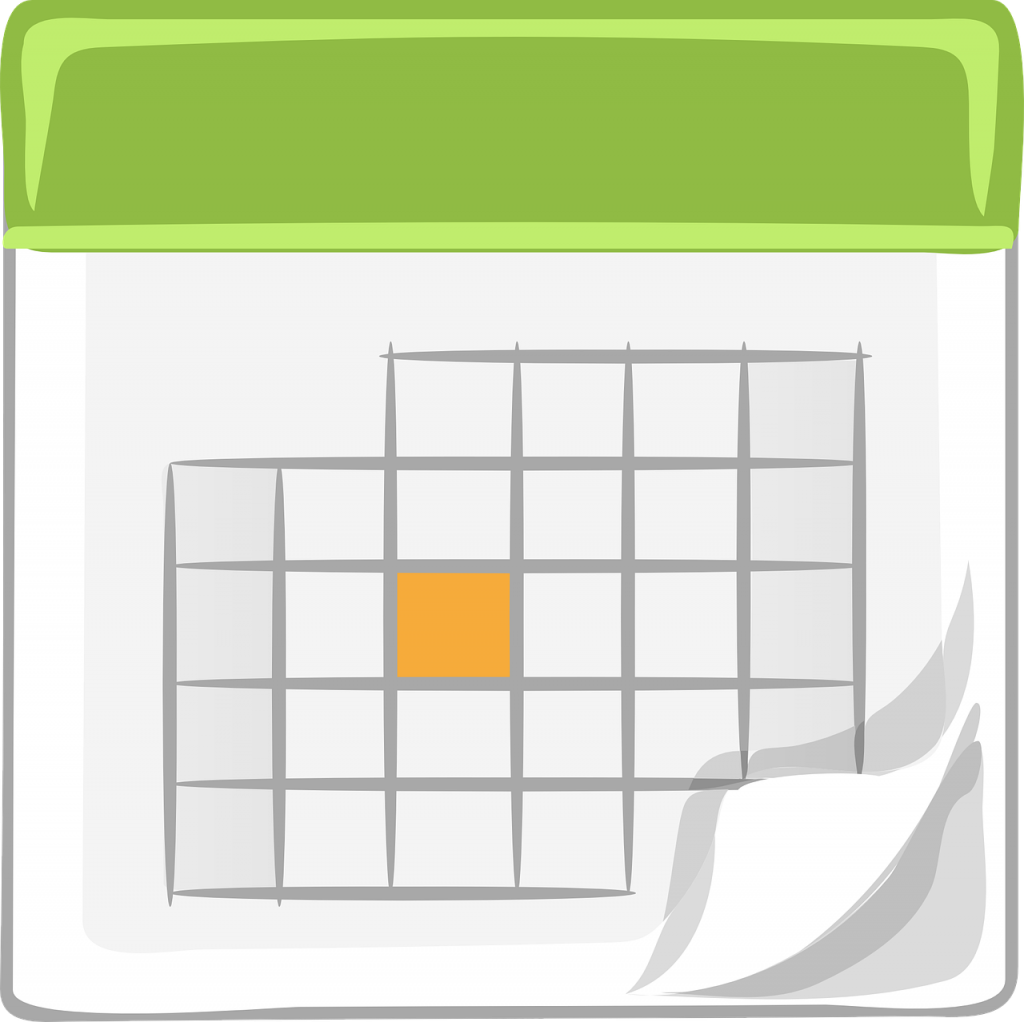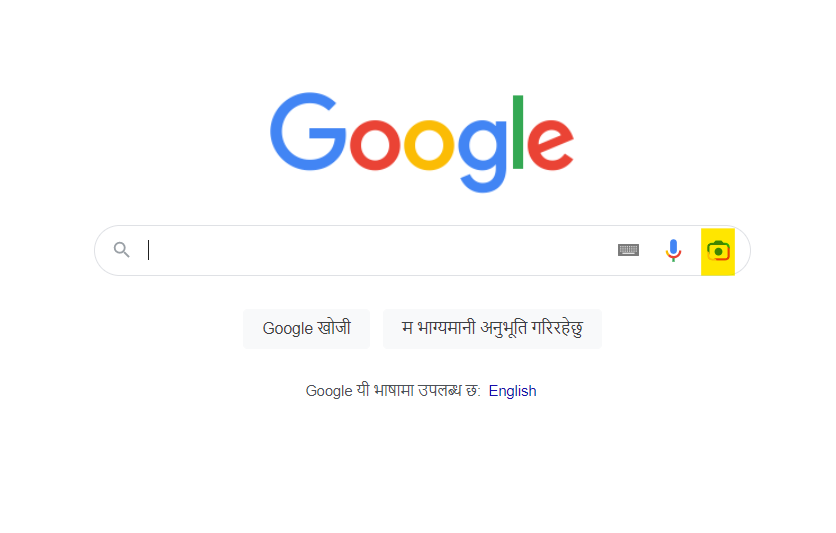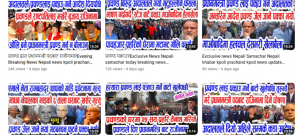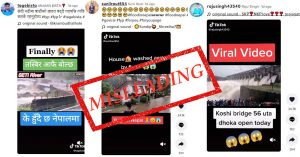
Fact-checking has become increasingly important in Nepal, particularly in this fast-paced world of social media where information of any kind spreads quickly. Either misinformation, disinformation or malinformation, this spread can have serious consequences, from threatening public trust to harming individuals and communities. But there are fact-checking tips that can help you combat it.
Fact-checking helps you verify the accuracy of the information and prevent the spread of false or misleading claims. Some fact-checking organisations and initiatives have been rigorously working to correct that. However, fact-checking is something everyone can do in their everyday life, to make informed decision-making.
To be able to do that, here are a few fact-checking tips to follow:
1. Check the date

This is one of the first and simplest fact-checking tips you can follow. You must check the date of any article or information that you come across on any social media platform or outlet. Some posts, because of misinformation, can sometimes circulate for years. But a simple check can tell you if the information is outdated and if it is accurate or not and take necessary precautions before spreading any news.
2. Pay attention to sources

Another simple thing among the many fact-checking tips you can do yourself is to check the sources. News media outlets or online creators sometimes use sensational headlines to grab readers’ attention, so you need to follow discretion. As a reader, it is essential to read the article and verify the claims made in the text. Check the information’s source and ensure its reliability and trustworthiness. Look for sources cited or sources that shared information is legitimate or not and decide whether to trust them.
3. Cross-reference the information
If you are not convinced, it is a good practice to check the sources, information and claims using other means for accuracy, such as academic research, government reports, and primary sources. Try to find multiple sources that corroborate the information. Look for coverage of the same event or dialogues on the issues from different news outlets to get a more complete picture of what happened. This can help you verify the accuracy of the information presented.
- Search engines

If you do not know where to start cross-referencing the information or following other fact-checking tips, one of the easiest and most accessible ways is to use a search engine like Google, Bing or Yandex. If you are unsure about the accuracy of any claim or information, just enter it into the search bar and see what comes up. This is something you do always so among all the fact-checking tips and tools, this is the most doable. Look for information from reputable sources, such as news outlets or academic journals. While Wikipedia is not a perfect source of information, it can also be a good starting point for fact-checking.
- Government websites

Next among the fact-checking tips is to look into government websites or institutional websites to verify any outrageous or doubtful claims. For example, the websites of the Ministry of Health and the World Health Organization (WHO) are reliable sources of information on health-related issues. Similarly, the Ministry of Finance and Nepal Rastra Bank are good sources for any financial information, policy changes, scams and fraud.
- Fact-checking websites

There are a couple of Nepali websites that specialise in fact-checking, such as Nepal Fact Check and Nepal Check. These sites can help you verify claims made by politicians, news outlets, and social media posts. They typically provide detailed information and analysis about what kind of information is it, its accuracy and how it spread. So, checking these websites can help you in the process too and is one of the easiest fact-checking tips for you.
4. Reverse image search

If the information is being spread as an image, first you can closely follow the above-mentioned steps. Check if they are fake or photoshopped. Further, you can also use reverse image search tools like Google Reverse Image Search or TinEye to get more deeply into it. These tools can help you find other instances of the image online and determine its source. These fact-checking tips are especially useful when trying to verify the source of viral images or memes that are circulating on social media.
________________________________________________________________________________________________________________
Originally published on April 2, 2023.






















